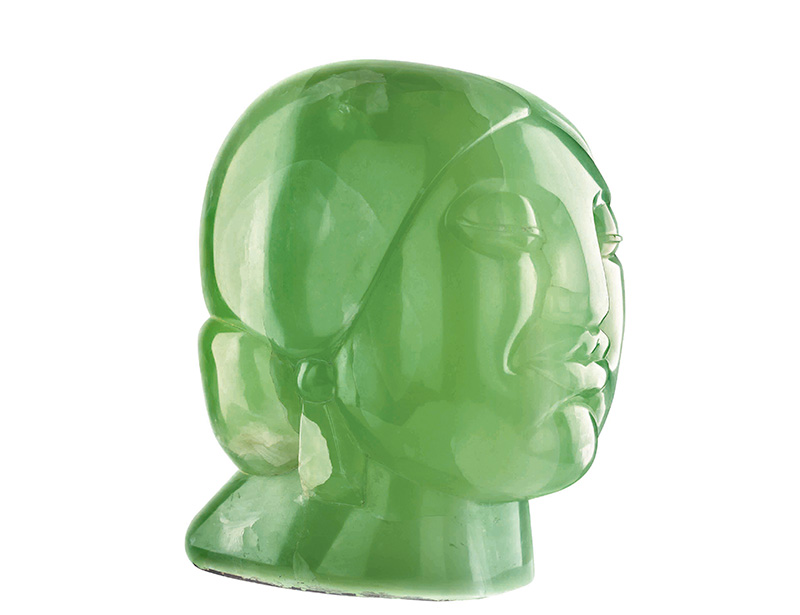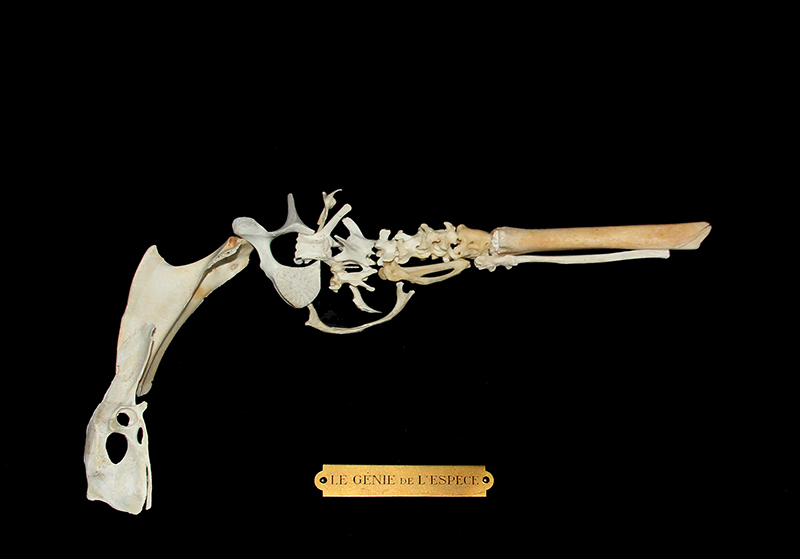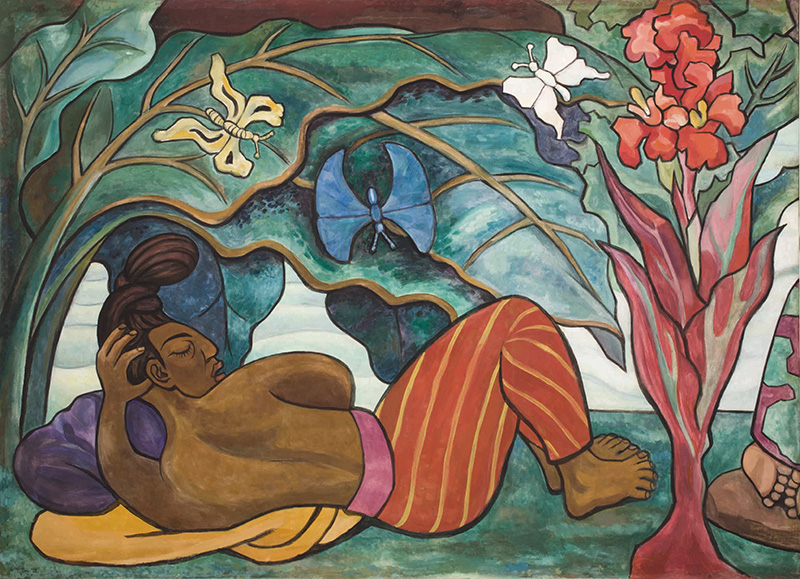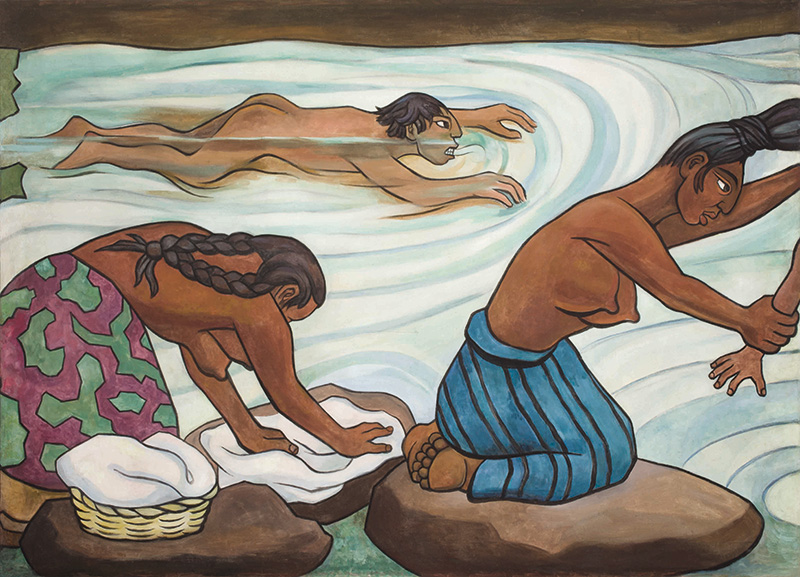ART-PRESENTATION: Mexique 1900–1950
 Rich in cultural history since independence in 1821, Mexican art has continued to dazzle the world with its Avant-Garde and its singularity. The exhibition “Mexique 1900–1950”, plunges us into Mexico in the first half of the 20th Century, a period marked by the revolution and the emergence of new aesthetic proposals, offering us a panorama of the artistic power of the country.
Rich in cultural history since independence in 1821, Mexican art has continued to dazzle the world with its Avant-Garde and its singularity. The exhibition “Mexique 1900–1950”, plunges us into Mexico in the first half of the 20th Century, a period marked by the revolution and the emergence of new aesthetic proposals, offering us a panorama of the artistic power of the country.
By Dimitris Lempesis
Photo: Grand Parais Archive
The exhibition “Mexique 1900-1950, Diego Rivera, Frida Kahlo, José Clemente Orozco et les Avant-Gardes”, as is its full title, traces a vast panorama across modern Mexico, from the Mexican Revolution to the middle of the 20th Century. In the first part of the exhibition, is explored how modernity drew inspiration from the collective imaginary and traditions of the 19th Century. International currents came to counterbalance such anchorage in tradition. At the turn of the 20thCcentury, Symbolism and Decadentism were expressed in fascinating forms. The aesthetic experimentation of Mexican artists in touch with the Parisian avant-garde in the first decades of the Century became clear, first and foremost in the work of Diego Rivera. The second part of the exhibition aims to demonstrate how the Mexican Revolution, as an armed conflict laid the groundwork for a new national identity. The artistic creativity in the years following the Revolution had an ideological aspect. It employed media other than easel painting, including Muralism and graphic design. The exhibition focuses on the work of the three leading artists of Mexican Muralism: Diego Rivera, David Alfaro Siqueiros and José Clemente Orozco. The male revolution opened the way to many new possibilities and encouraged women to contribute to the economic effort. This situation allowed women to take their place on the artistic stage, as both artists and benefactors. The presence of Frida Kahlo should not conceal a wealth of artists such as Nahui Olin, Rosa Rolanda or photographers like Tina Modotti and Lola Álvarez Bravo. The third part of the exhibition explores a selection of artists and works offering an alternative to the ideologies of the time: the hallucinatory masks of Germán Cueto, Robert Montenegro’s enigmatic portraits and the abstractions of Gerardo Murillo and Rufino Tamayo.The fourth and final part demonstrates how, from the start of the 20th century, Mexican artists resident in the United States played a decisive role in the Avant-Garde scenes in cities like: New York, Detroit and Los Angeles. And conversely, as a result of the notoriety acquired by Mexican artists living abroad in the early decades of the 20th Century, a number of foreign artists decided to move their studios to Mexico. By collaborating with local artists, they were able to develop a remarkably rich artistic scene, particularly focused on Surrealism through Carlos Mérida, José Horna, Leonora Carrington and Alice Rahon.
Info: Curator: Agustín Arteaga, Grand Palais, 3 Avenue du Général Eisenhower, Paris, Duration: 5/10/16-23/1/17, Days & Hours: Mon & Thu-Sun 10:00-20:00, Wed 10:00-22:00, www.grandpalais.fr






